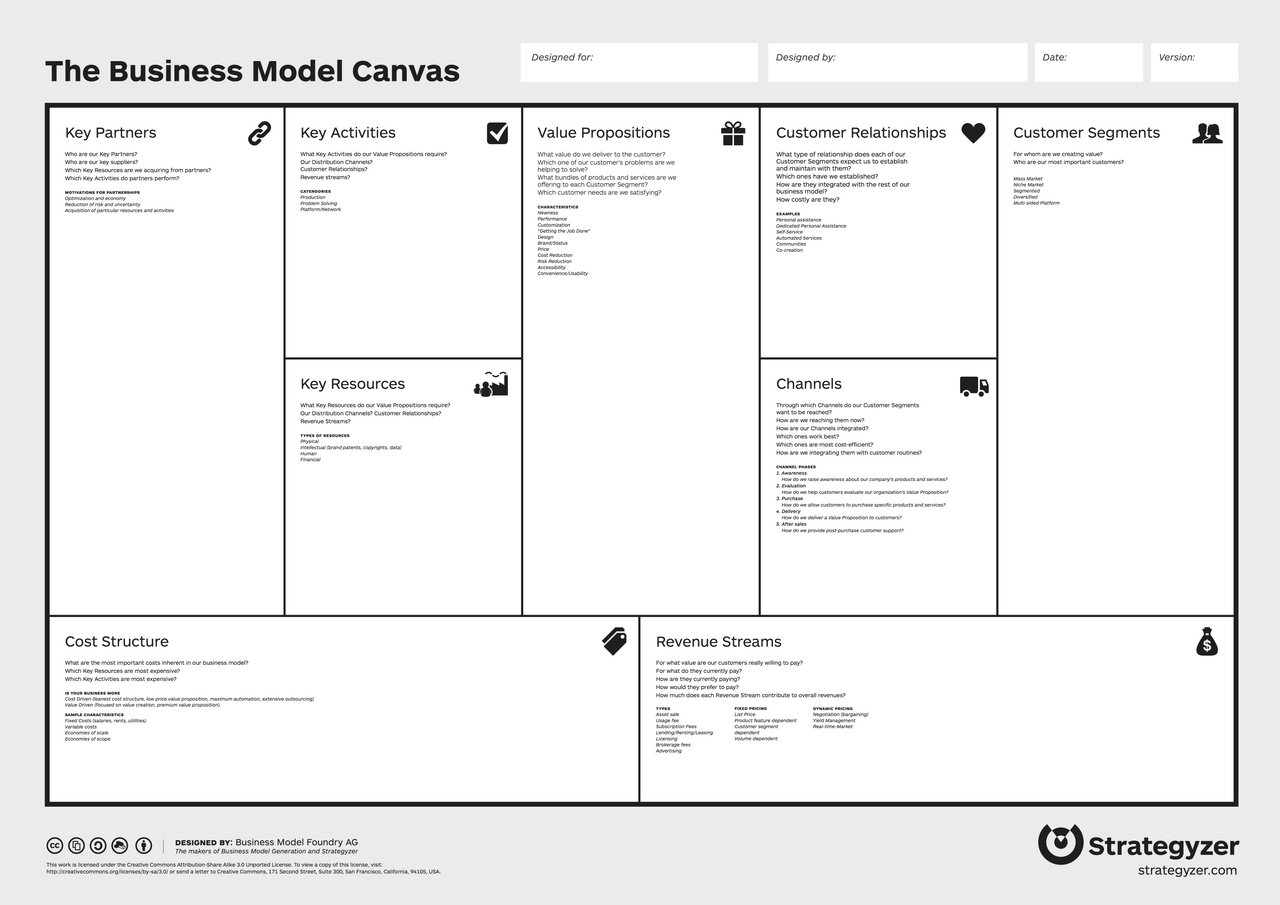As an entrepreneur, finding the right business model is crucial for your entrepreneurial venture to succeed. With the numerous options available, it can be challenging to understand the different models and choose the one that best fits your idea. This post will explore the various business models to help you make an informed decision and set your business up for success. But let’s find out what a business model is and why it is important.
What is a Business Model?
A business model is a plan that outlines how a company generates revenue and makes a profit. In other words, it describes how the company creates, delivers, and captures value. In entrepreneurship, understanding different business models is essential as it helps entrepreneurs identify the most effective way to generate revenue and stay competitive. So if you are planning an MVP launch, you should take into account the information below.
4 Common Business Models You Should Know
Traditional Business Models
Traditional business models have been around for a long time. They have a transactional nature based on the exchange of money for goods or services. Some typical traditional business models are direct sales, franchising, and manufacturing. These models have a proven track record of success, and entrepreneurs should consider them as viable options.
Case study: McDonald’s is an excellent example of a successful franchise business model. It has over 38,000 locations worldwide, and its franchisees operate over 90% of these locations.
Subscription-Based Business Models
Subscription-based business models came into prevalence in the digital age. This business model makes customers pay a recurring fee to access a product or service. involves a customer paying a recurring fee for access to a product or service. Examples of subscription-based business models include memberships and software as a service (SaaS). What is good about this business model is that it offers steady revenue streams for the business and can provide a predictable income stream.
Case study: Netflix is a prime example of a subscription-based business model with a monthly subscription fee to access its movies and TV shows. Since its inception, revenues have grown exponentially.
Freemium Business Models
On the other hand, Freemium business models offer free versions of their products or services to lure customers into purchasing a premium version. Examples of freemium business models include ad-based and feature-based models. This model can be an effective way to acquire customers and generate revenue.
Case study: Dropbox is an excellent example of a successful freemium business model. It offers a limited amount of storage for free and charges a fee for additional storage space.
Hybrid Business Models
Hybrid business models combine elements of two or more business models to create a unique offering. This model can offer businesses the flexibility to adapt to changes in the market and meet customer needs.
Case study: Amazon is an example of a company with a hybrid business model. The company started as an online bookstore, but it has since expanded into a variety of other product and service categories, including cloud computing, digital streaming, and smart home devices.
The Business Canvas and Its Role in Understanding Business Models

The business canvas is a strategic tool that entrepreneurs can use to understand and develop their business model. It consists of nine key elements, including customer segments, value proposition, revenue streams, and cost structure. By using the business canvas, entrepreneurs can identify the key components of their business model and ensure that it is viable and sustainable.
Pros and Cons of Different Business Models
Each business model has its pros and cons, and entrepreneurs should evaluate them carefully before making a decision. Traditional business models offer stability, while subscription-based models offer predictable revenue. Some business models, however, may incorporate a hybrid approach, combining elements of both traditional and subscription-based models to capitalize on stability and predictable revenue streams simultaneously. Freemium models can be an effective customer acquisition strategy, while hybrid models offer flexibility.
Conclusion
In conclusion, understanding different business models is crucial to the success of an entrepreneurial venture. By researching and learning about the various models, entrepreneurs can choose the one that best fits their idea and provides the greatest chance of success. Use the business canvas to find your business model’s key components and evaluate each model’s pros and cons before making a decision. Remember, a well-thought-out business model is a foundation for a successful venture.
If you want to start your own business and want to find the right business model for it, check the EYES EU project. Through the use of non-formal education, EYES will provide a set of competencies to prospective entrepreneurs to help them build their entrepreneurial projects. Stay tuned to not miss any updates.

